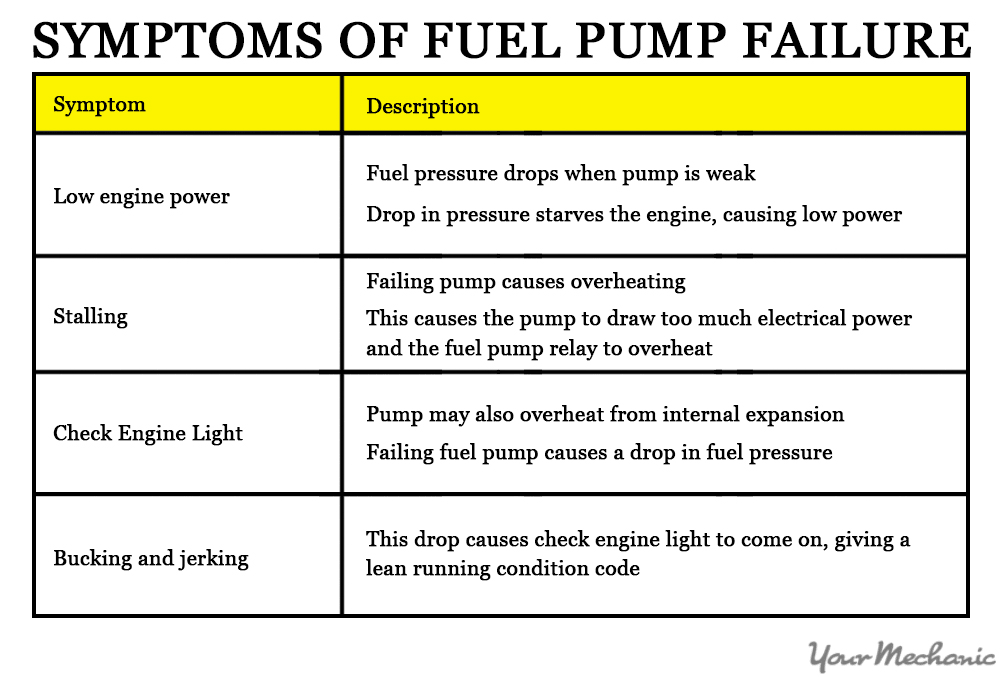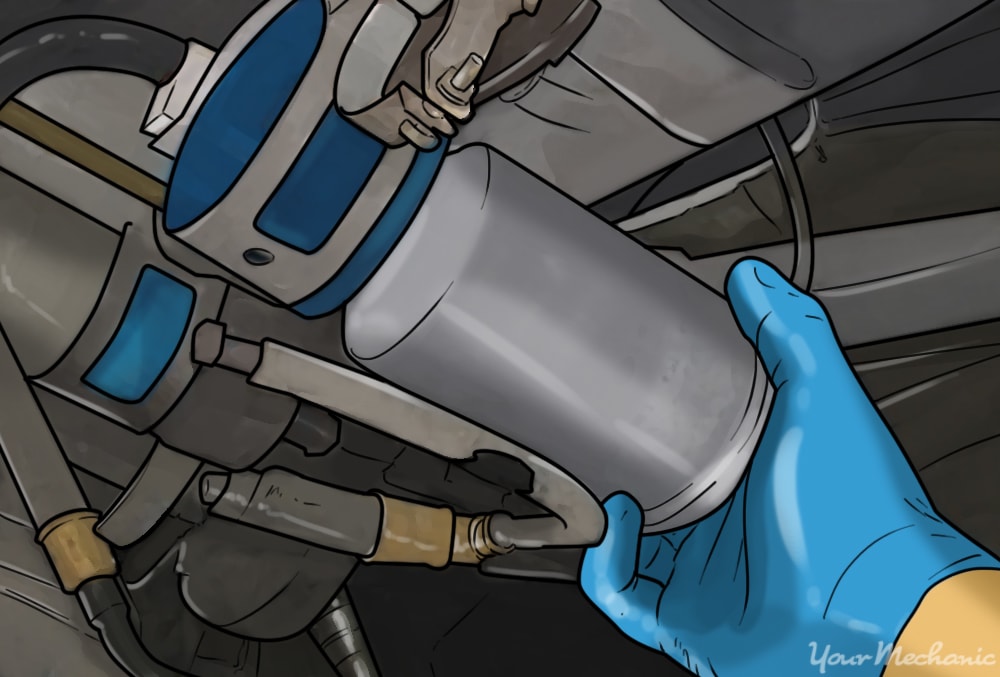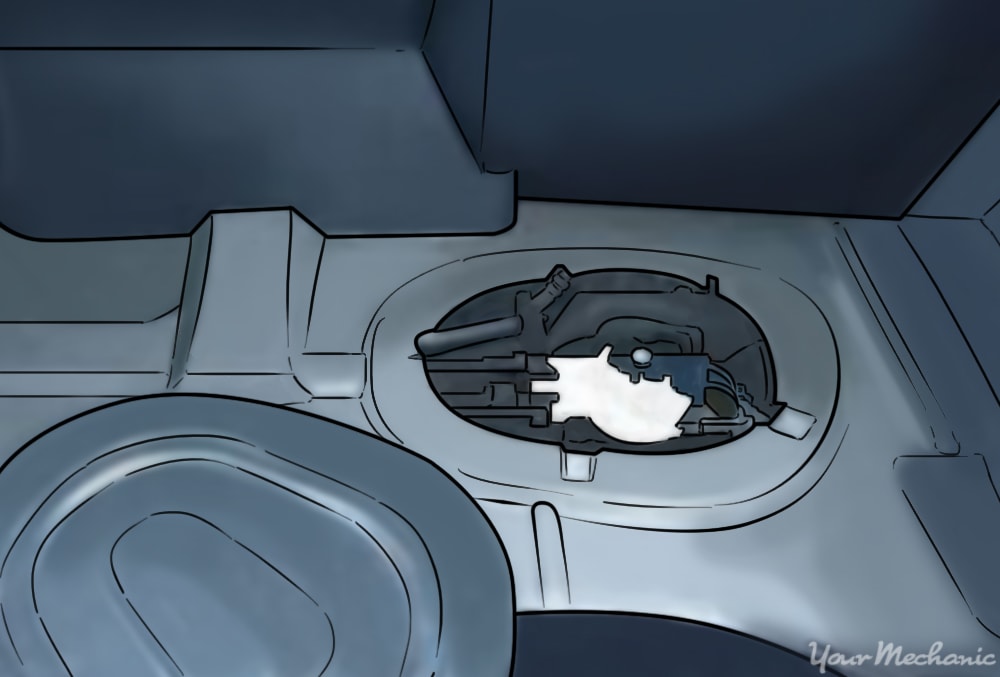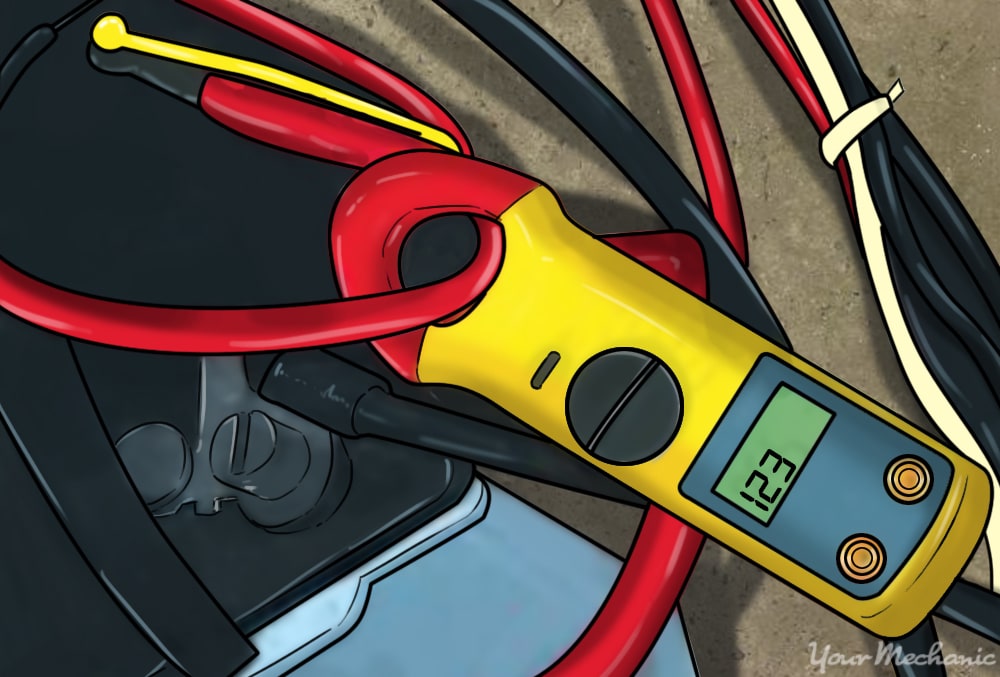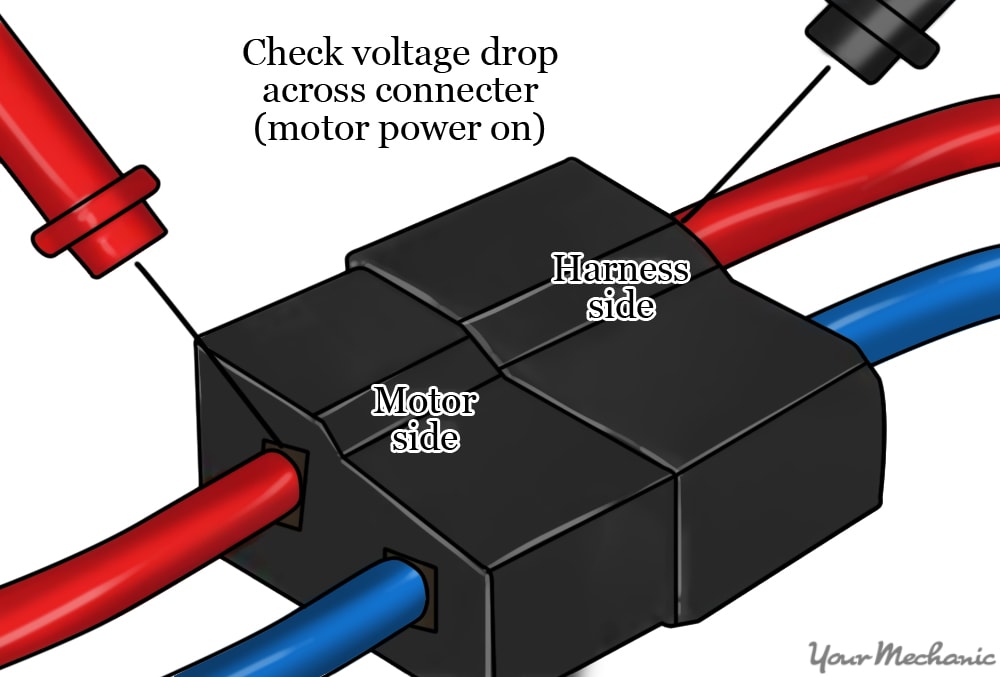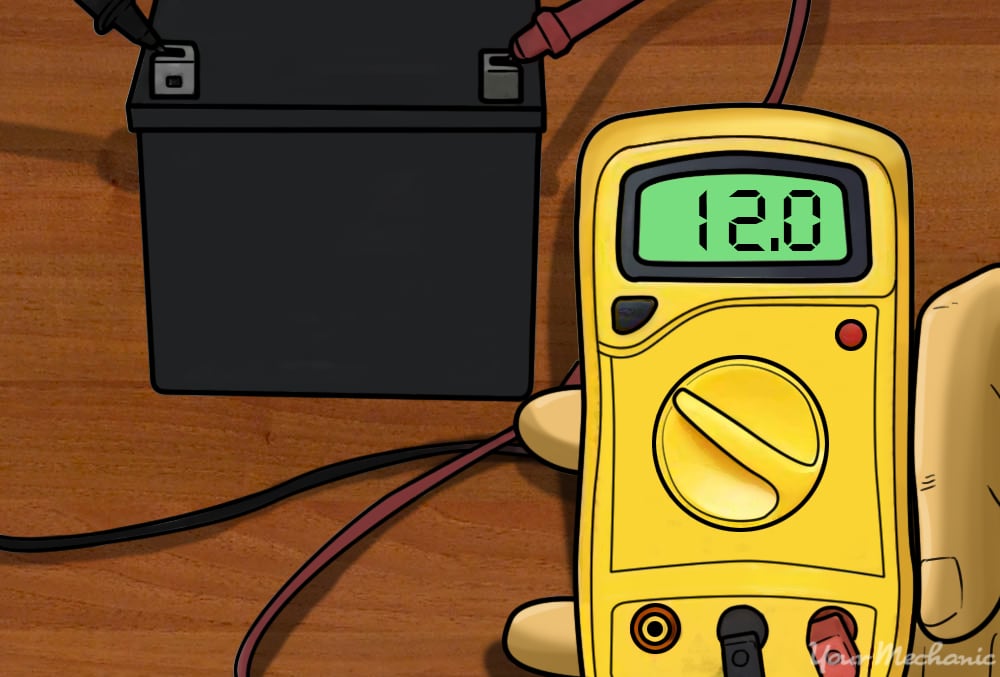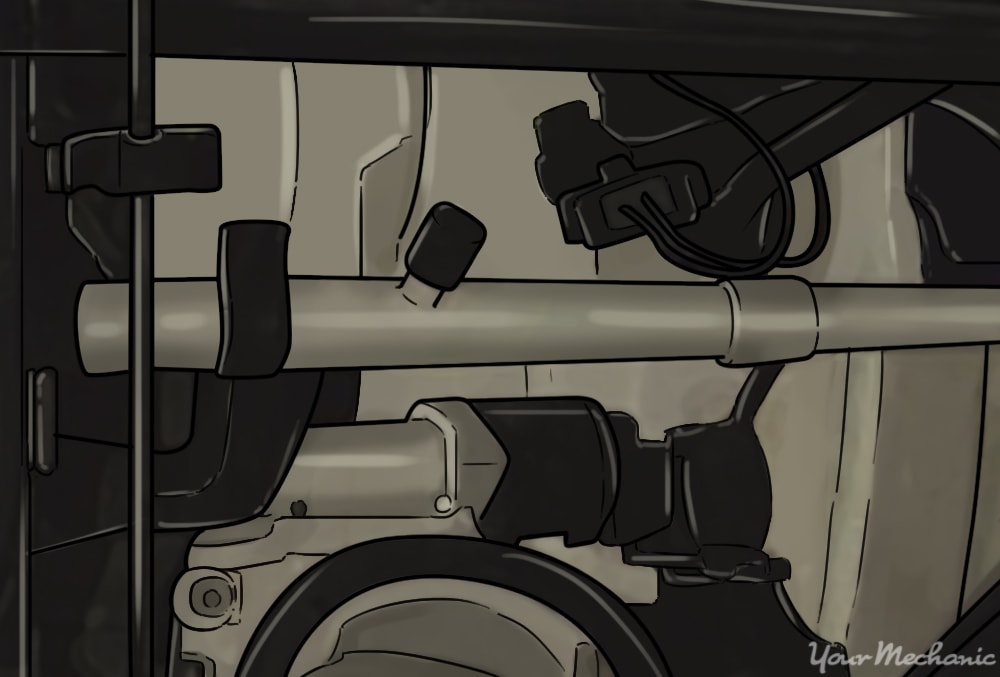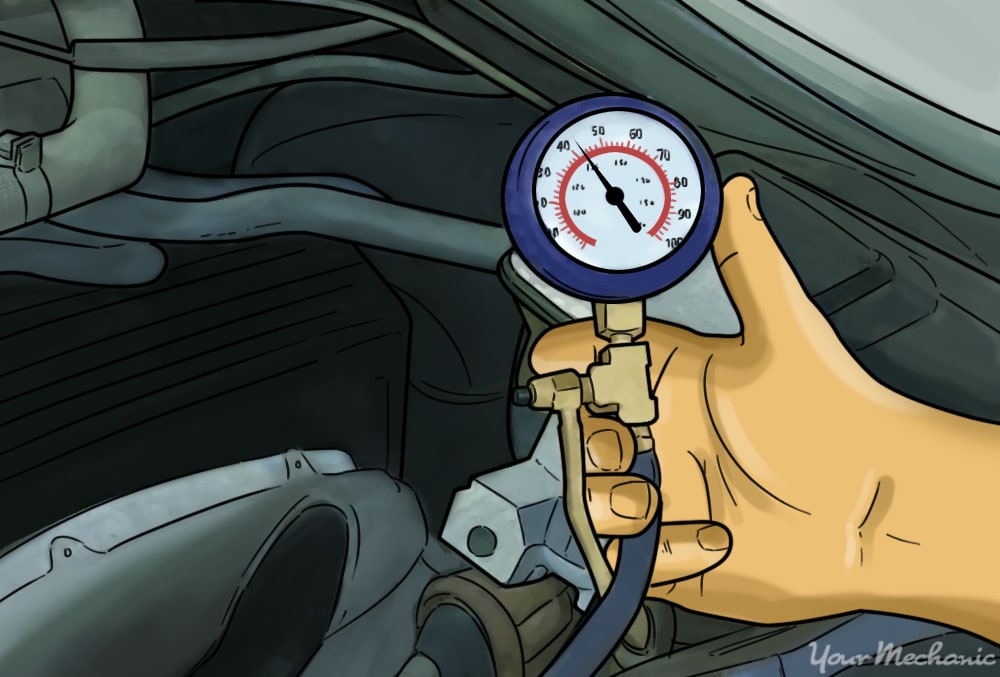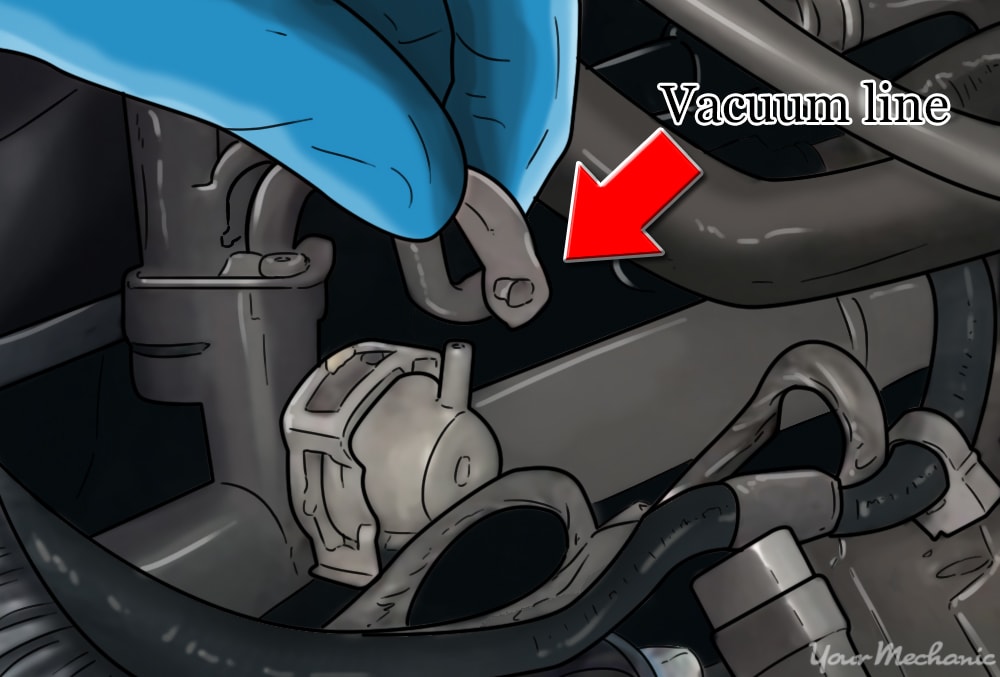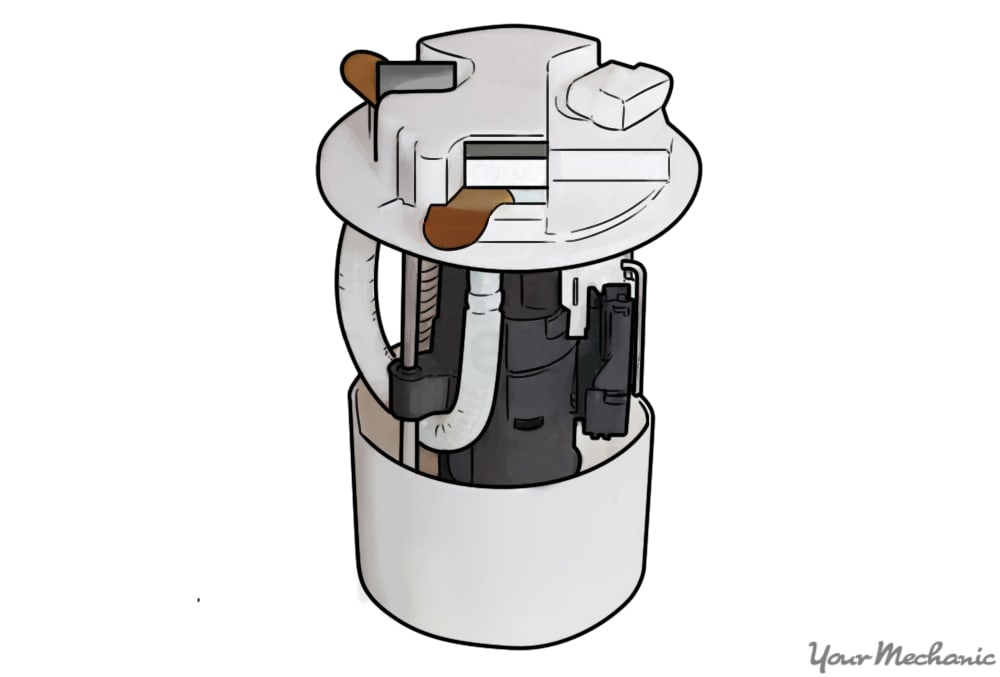

A fuel pump failure never seems to come at a good time. In most cases, once it fails your vehicle will no longer run, leaving you stranded. In some cases, your fuel pump will begin showing some subtle signs of failure before it completely fails. Knowing these signs and how to test your fuel pump can help you avoid a costly breakdown or a dangerous situation.
The purpose of the fuel pump is to transfer fuel from your fuel tank to your engine. Fuel pumps can be mechanical and driven by the engine, or they can be electric motors. The most common fuel pump used on modern vehicles is the electric fuel pump, and most of the time it is located inside of the fuel tank.
Over time the fuel pump can become worn from age and lack of maintenance - such as missed filter replacements, fuel contamination, or running your vehicle low on fuel. The fuel in your car is used to cool the fuel pump. If you consistently run the vehicle low on fuel, the pump overheats and can fail prematurely.
Part 1 of 3: Know the symptoms of a failing fuel pump
Step 1: Know the indications of a failing fuel pump. There are some common symptoms that can assist you in knowing when the fuel pump should be checked.
Part 2 of 3: Test the fuel pump
Before you spend a lot of time trying to diagnose a fuel pump failure, it is important to know if your vehicle has a serviceable fuel filter. Many modern vehicles use a filter in the fuel tank which is only changed when replacing the pump, while many older vehicles do have a replaceable external fuel filter.
These external filters should typically be changed every 20,000 miles or per manufacturer’s specifications. If you suspect a fuel system issue and do not know when your filter was last replaced, then you may want to replace that first. There are several tests that can be performed on a fuel pump to know if it is failing. Having all of the right materials will make the tests much easier and straightforward.
Materials Needed
- Digital multimeter with amp clamp
Step 1: Locate the fuel pump. Many vehicles have an access panel through the trunk or inside the car itself, while some require the fuel tank to be lowered first. The pump itself will be in the fuel tank on most vehicles.
Step 2: Listen for buzzing from the pump. Listen for buzzing from the fuel pump by having an assistant turn the key to the run position.
This indicates that it is turning on.
- Note: If the pump does not turn on, proceed to Step 5.
Step 3: Place the amp clamp over the positive wire. Using your voltage meter, set on amperage, place the amp clamp over the positive wire going to the fuel pump.
Step 4: Record amperage reading. Start your vehicle and record the amperage reading on the meter.
- Note: This is an amperage draw test, telling you how hard the pump is working. The more amperage it is using, the harder it is working. Compare your reading to manufacturer’s specifications and replace the pump if it is not within the specification.
Step 5: Remove electrical connector. If the pump did not turn on, then remove the electrical connector at the pump.
- Tip: You may need to use the screwdriver to lightly pry on the connector release tab.
Step 6: Place meter leads on proper terminals. With your meter set on DC volts, place your meter leads on the appropriate terminal.
Place the positive meter lead on the terminal of the positive wire in the connector and your negative meter lead on the terminal of the negative wire in the connector.
Step 7: Monitor the voltage reading. Have an assistant turn the key to the run position and monitor the voltage reading.
If there is battery voltage, then the pump has failed and needs to be replaced. If there is no voltage, then further electrical tests must be done.
- Note: These electrical tests are only good for an electric fuel pump, providing you with important information about the fuel pump’s health.
Part 3 of 3: Pressure test the fuel pump
Before pressure testing the pump, it is important to know what the manufacturer recommendation is for testing locations. Most vehicles have a test port located on the fuel injector rail under the hood. If the vehicle is not equipped with a test port, then it may require that the fuel line be removed and a special adaptor be used for the tester.
Materials Needed
- Flat-head screwdriver (small)
- Free repair manuals Autozone provides free online repair manuals for certain makes and models Autozone
- Fuel pressure gauge
- Rags
- Ratchet and sockets
- Repair manuals (optional) Chilton
- Wiring schematic
Step 1: Park your vehicle. Park your vehicle and apply the parking brake.
Step 2: Allow the engine to cool. Allowing the engine to cool will ensure that you don’t get burned and the working area is safe.
Step 3: Locate the fuel pressure test port. Locate the fuel pressure test port where you will be working.
Step 4: Prepare a rag near the port. Place a rag under the test port as fuel will be released when installing the pressure tester.
Step 5: Install the pressure tester. Install the pressure tester to the test port.
Step 6: Turn the key to run for a recording. Turn the ignition key to the run position and record the pressure reading.
Step 7: Start the engine for a recording. Start the engine and record the pressure reading.
- Tip: Check the manufacturer’s specifications on pressure testing the fuel pump. Many manufacturers recommend checking the pressure with the key on, with the engine running, and at a particular RPM.
Step 8: Check for the appropriate pressure. If the fuel pump does not meet the required pressure then the fuel pump may be failing. A typical, port-injected vehicle will require between 30 and 80 PSI. Vehicle specific fuel pressure specifications can be found in the factory repair manual.
Step 9: Test further. Low fuel pressure generally indicates a failed fuel pump. However, it can also point to a restricted line, restricted filter or faulty pressure regulator. By this point, you should have already replaced the inline filter per the instructions in this article. To test the rest of the system, visually inspect the fuel lines for damage. If there isn’t any, the next step is to check the pressure regulator. With the fuel pressure gauge attached, start the engine and let it idle. Disconnect the vacuum hose from the pressure regulator; the pressure should drop approximately 8 to 10 PSI. If it does not, suspect a problem with the regulator or its’ vacuum supply. If the regulator check out OK, you can be fairly certain the fuel pump is faulty and should be replaced.
Knowing the preliminary steps to test a fuel pump can help you to isolate the problem. It is important to know what type of fuel system your vehicle has prior to beginning any tests or procedures.
Note: Low pressure does not always condemn the fuel pump, as there other parts that can affect pressure such as the fuel filter, the fuel pressure regulator, a fuel injector, and the fuel lines. Follow the manufacturer’s recommendations on testing these other components.
Warning: Some vehicles are equipped with what is known as direct injection. These systems work on a much higher fuel pressure to overcome combustions pressures in the cylinder. The pressure in these fuel systems can be high enough to cause serious injury or even death. A failing fuel pump can be the source of a great many ailments, and testing it can help solve a problem in your car - especially before it develops into a more serious issue. If you are unsure of what type of fuel system that you have, or are not comfortable testing your fuel pump, then you should enlist the assistance of one of our certified mechanics at YourMechanic to check your fuel system for you.



